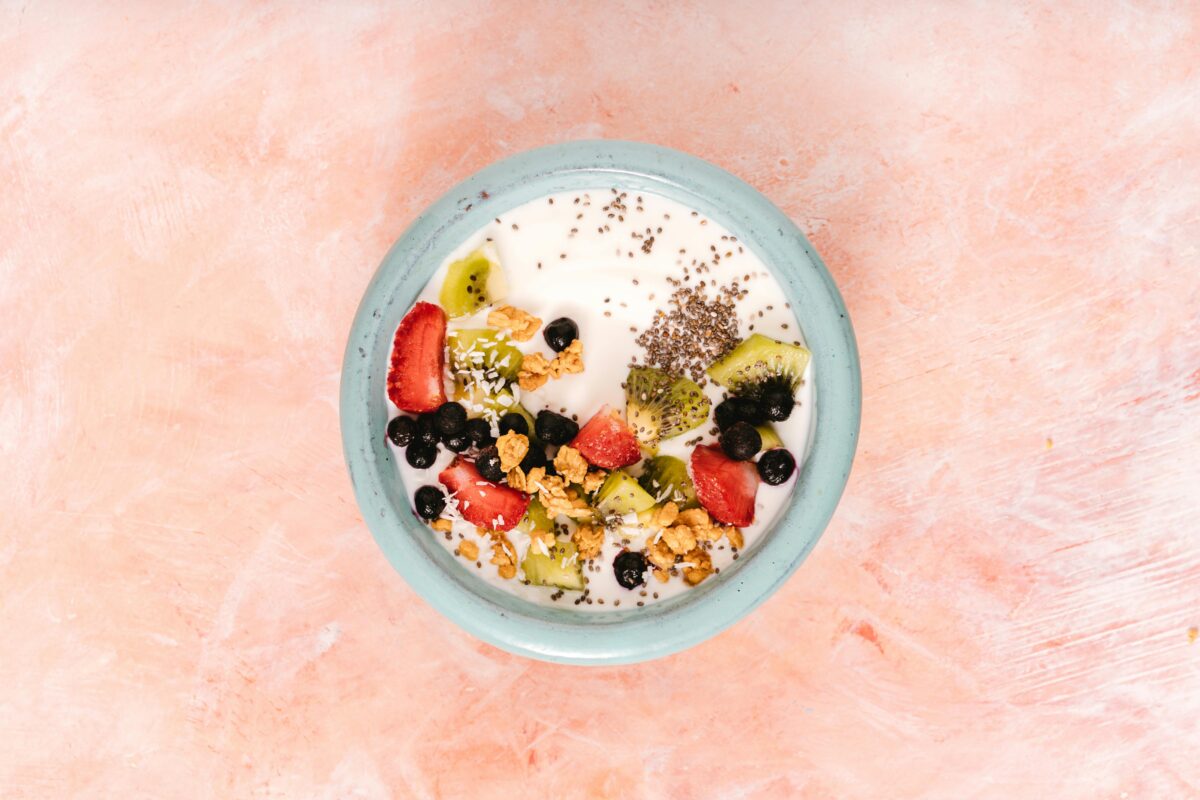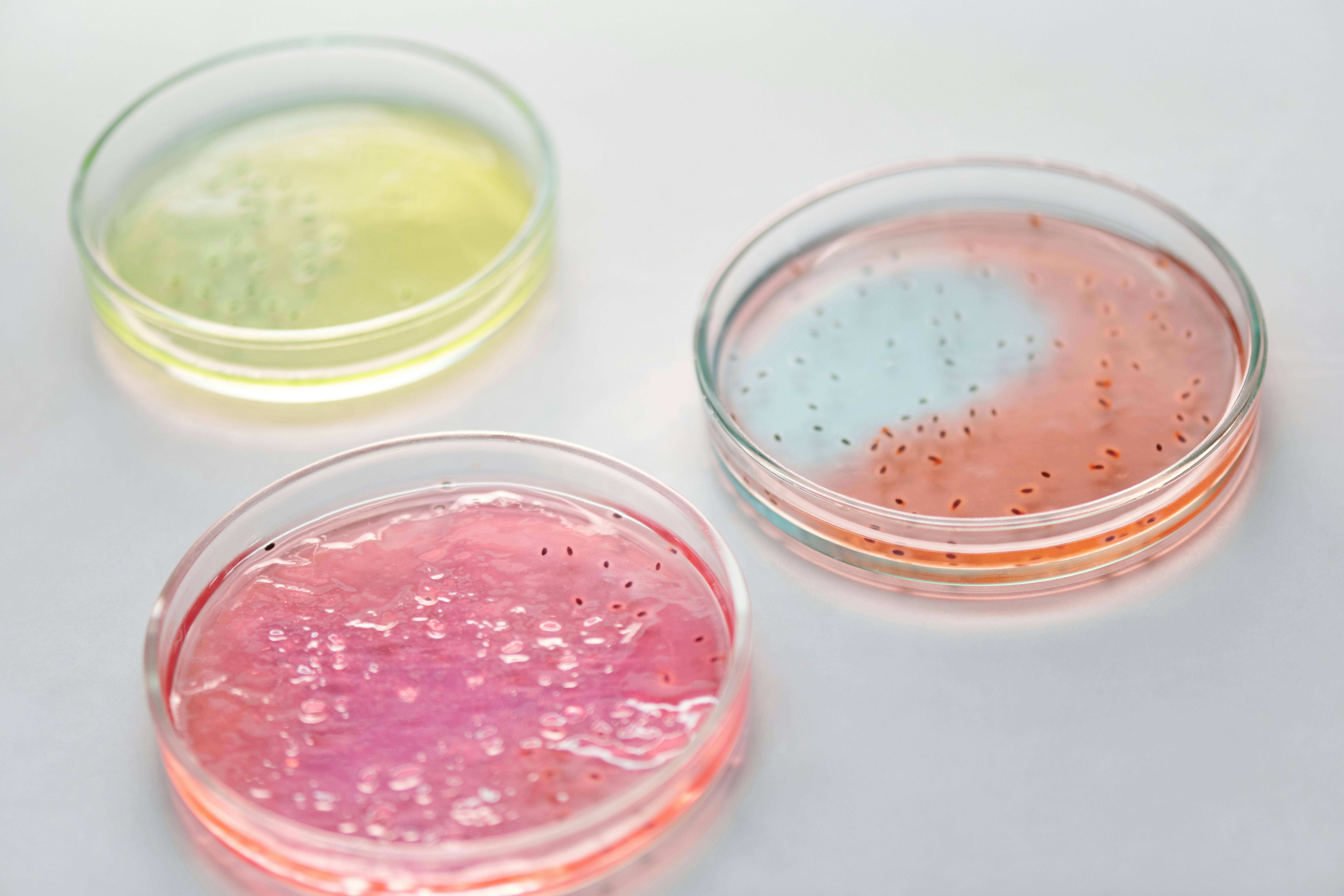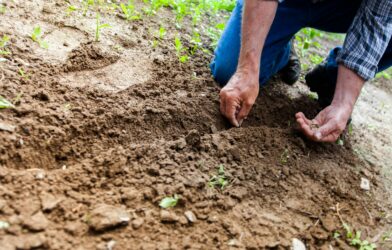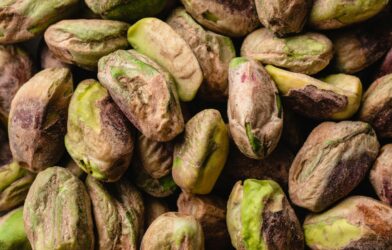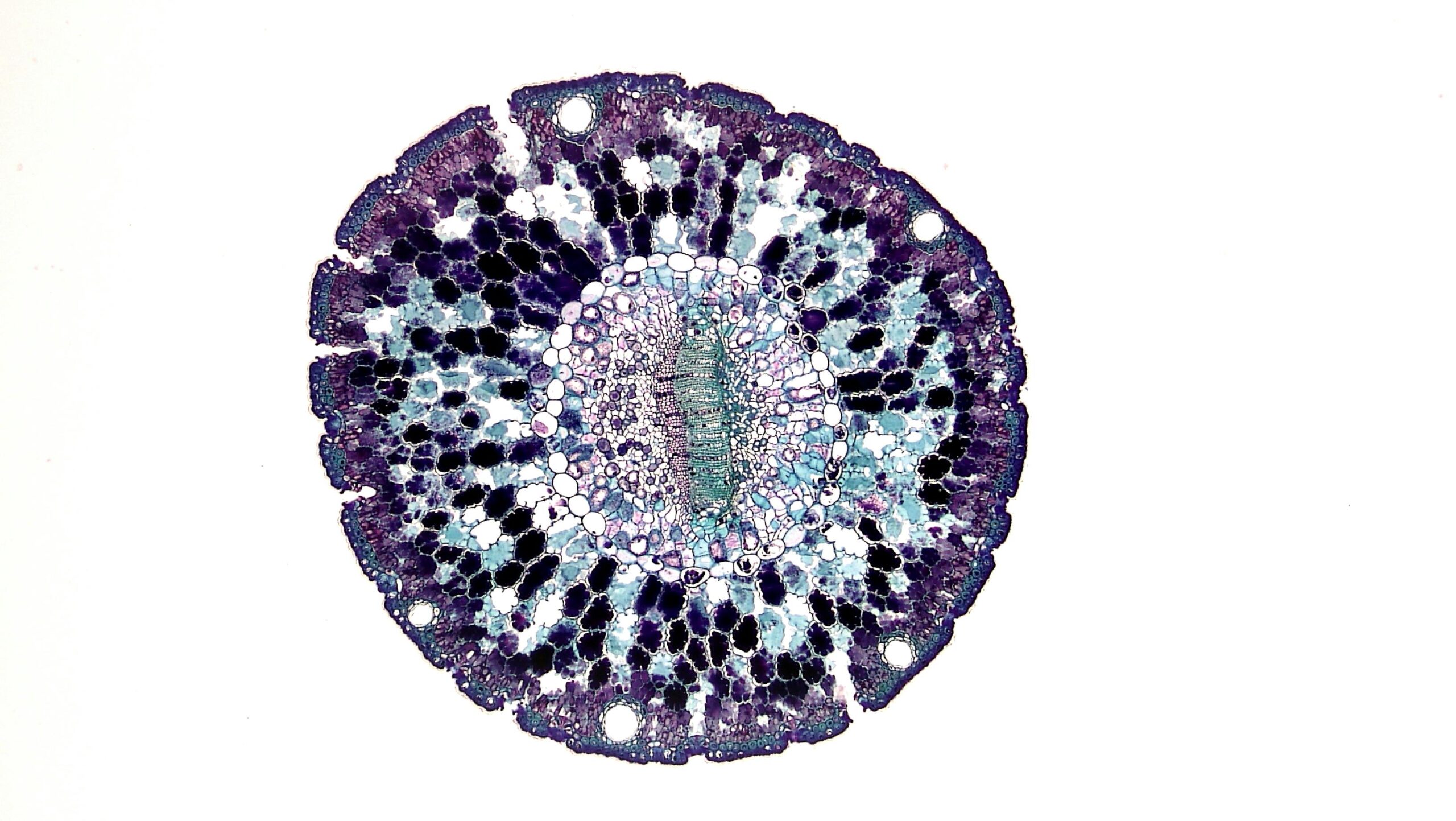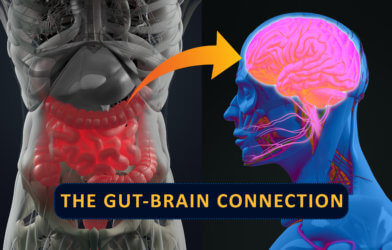What if the microbes in your food are doing more than just helping you digest? A recent study in the journal Cell found that the bacteria and other microorganisms in our food might not just pass through our bodies but could actually be setting up a permanent home in our gut. This discovery flips the script on how we think about diet, suggesting that what you eat might literally be becoming a part of you, one microbe at a time.
The Surprising Link Between Food and Your Gut
For a long time, we’ve known that diet affects our gut microbiome, which is the massive community of microorganisms living in our digestive system. This new, large-scale investigation provides a direct link. By analyzing over 2,500 food samples from 50 countries, researchers found that microbes from food account for about 3% of the average adult’s gut microbiome. That may not sound like much, but it’s a huge number of microorganisms. What’s even more remarkable is the finding for infants, where food-related microbes made up a staggering 56% of their gut microbiome. This shows a profound and direct connection between what we eat and the tiny ecosystems inside us.
A New Way to Map the Microbial World
To uncover this hidden world, the scientists used a powerful technique called metagenomics. Instead of the traditional, slow method of growing one type of microbe at a time in a lab, metagenomics allowed them to analyze all the genetic material from a food sample at once. This method is like taking a single photo of a whole ecosystem, revealing everything from bacteria to fungi. This massive undertaking not only confirmed the presence of countless microbes but also led to the discovery of 320 species never before seen by science. It’s clear that the microbial universe in our food is far more diverse and complex than we previously imagined.
From Cheese to Your Digestive System
The most compelling evidence for this food-to-gut connection came from looking at the specific genetic blueprints of the microbes. By comparing the genetic signatures of certain microbes from food to those from human guts, the scientists found nearly identical matches. For example, a type of bacteria commonly found in dairy products, Lacticaseibacillus paracasei, had genetic profiles in European cheeses that were a perfect match to those found in human stool samples. Similarly, strains of yeast from beer and bread were found to be genetically the same as strains in the human gut. This direct genetic link provides strong evidence that some of the microbes we consume with our meals are truly capable of colonizing our digestive tracts.
What This Means for Your Health
This research reshapes our understanding of food, not just as fuel but as a delivery system for living organisms. The fact that some of these microbes appear to be taking up residence in our guts opens up exciting new possibilities for health. It could lead to the development of new probiotic foods designed to introduce beneficial microbes, or help us better understand and control the spread of foodborne pathogens. The next time you sit down to eat, consider this: the food on your plate isn’t just nourishing your body; it might also be populating it with new, microscopic residents.
Paper Summary
Methodology
The researchers developed an open-access resource called curatedFoodMetagenomicData (cFMD) by integrating 1,950 new and 583 publicly available food metagenomes, which are samples of all the genetic material within a food item. This created a large database of 2,533 food samples from 50 countries. From these samples, they reconstructed over 10,000 microbial genomes, called metagenome-assembled genomes (MAGs). They then clustered these genomes into “species-level genome bins” (SGBs) and compared them to over 1 million existing genomes to identify new species and analyze the diversity of food microbes. Finally, they applied this new database to a collection of 19,833 human gut metagenomes to look for overlap between the microbes found in food and those found in humans.
Results
The study identified 1,036 prokaryotic and 108 eukaryotic species-level genome bins (SGBs) in food, including 320 previously undescribed species. By comparing food and human metagenomes, they found that food-related microbes accounted for an average of 3% of the adult gut microbiome and 56% of the infant gut microbiome. The strain-level analysis showed that some microbial strains, such as Lacticaseibacillus paracasei and Saccharomyces cerevisiae, found in food were genetically identical to those found in the human gut, suggesting a direct transmission from food to the human microbiome.
Limitations
The study’s authors note that while their findings suggest a significant overlap between food and human microbiomes, an overlap in species does not automatically prove a strain-level overlap or transmission. The study’s focus on metagenomics, while powerful, also has limitations. The diversity of dietary microbes is still not fully understood, and the authors suggest that their resource should be a starting point for future integrative studies.
Funding or Disclosures
The research was supported by funding from several organizations, including Horizon 2020 of Horizon Europe, the Italian Ministry of Foreign Affairs and International Cooperation, the European Research Council, the National Cancer Institute of the National Institutes of Health, the Spanish Ministry of Science and Innovation, the Science Foundation Ireland, and the Irish Department of Agriculture, Food and the Marine.
Paper Publication Info
This study was published on August 29 in the journal Cell.
Title: “Unexplored microbial diversity from 2,500 food metagenomes and links with the human microbiome”.
Authors: Niccolò Carlino, Aitor Blanco-Míguez, Michal Punčochář, et al..
DOI: https://doi.org/10.1016/j.cell.2024.07.039.
